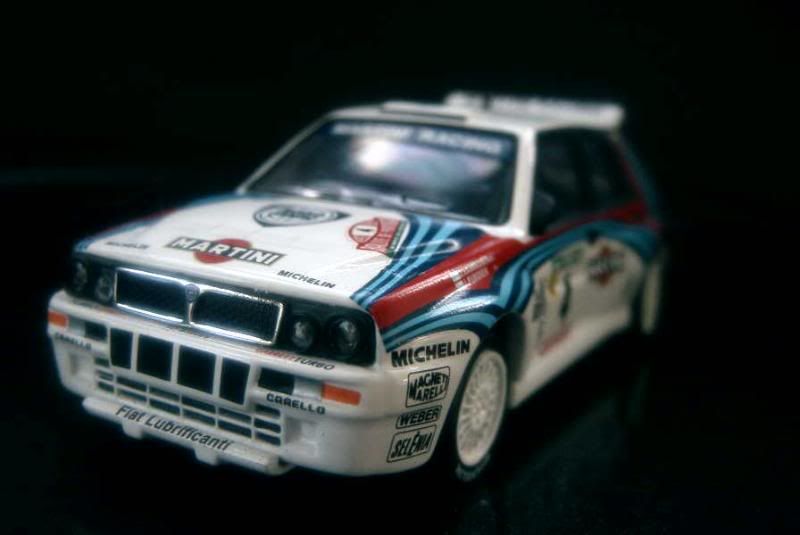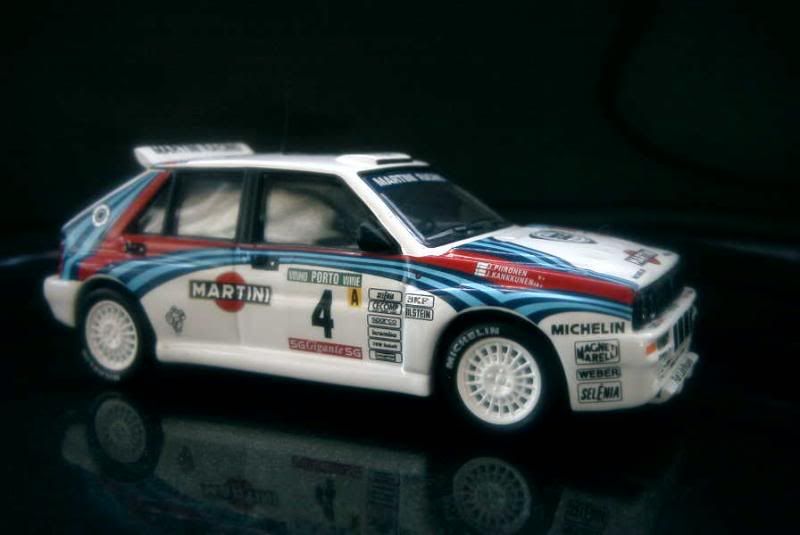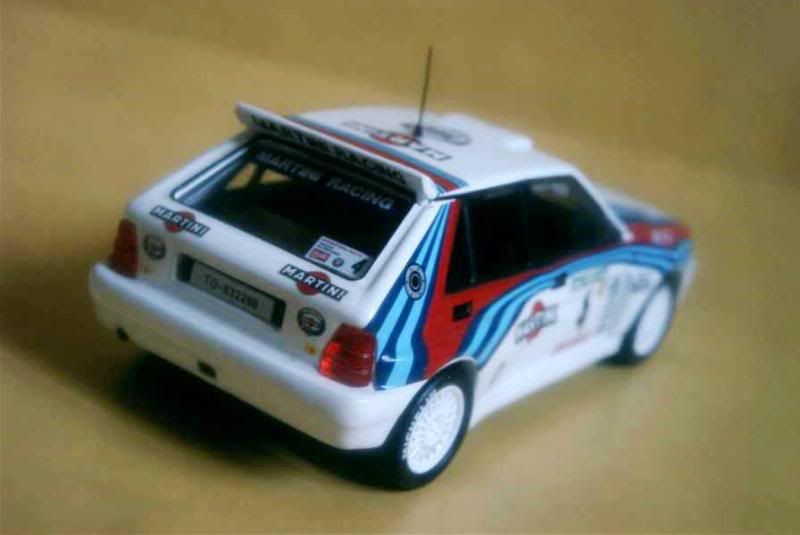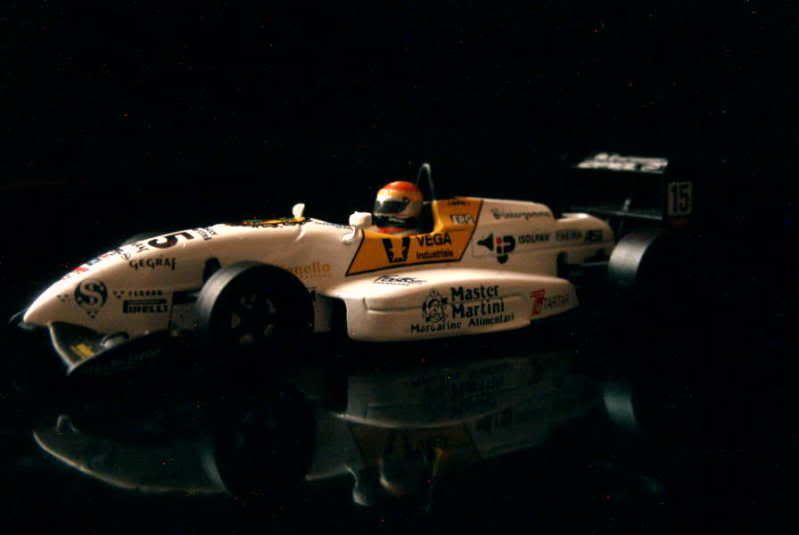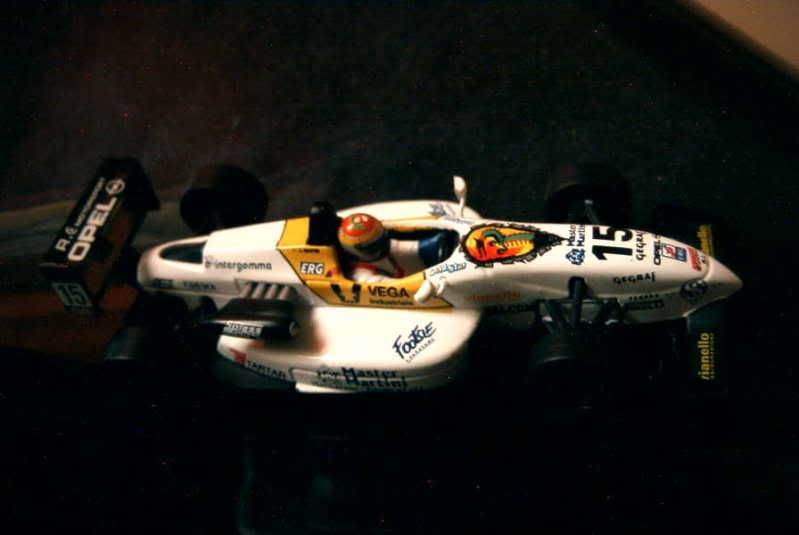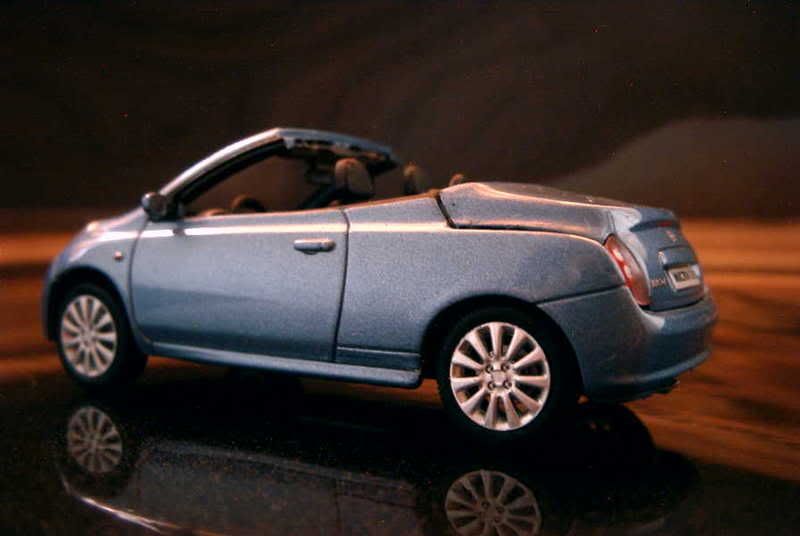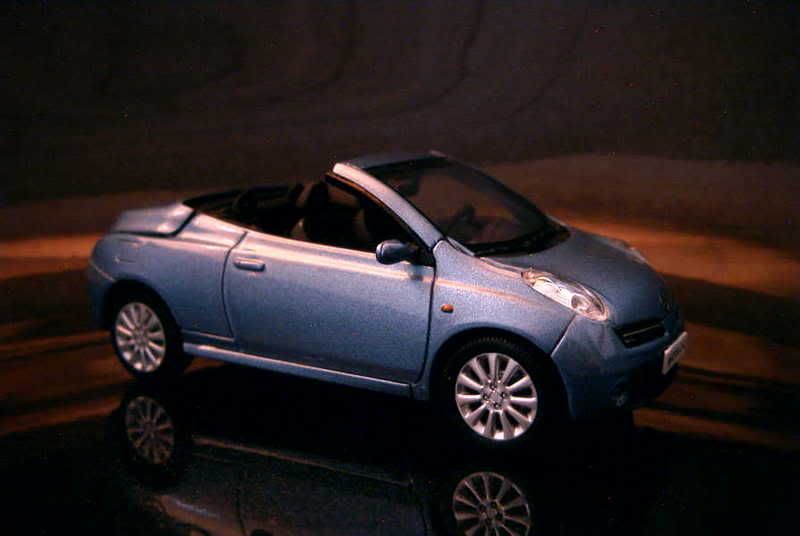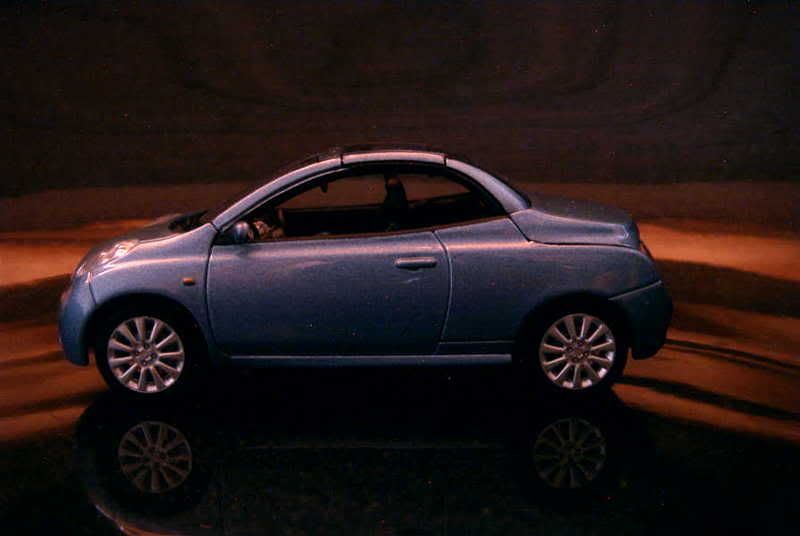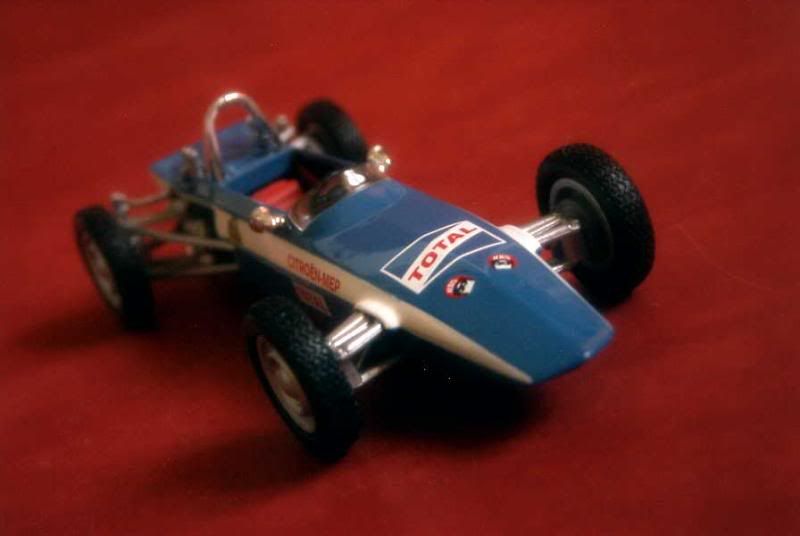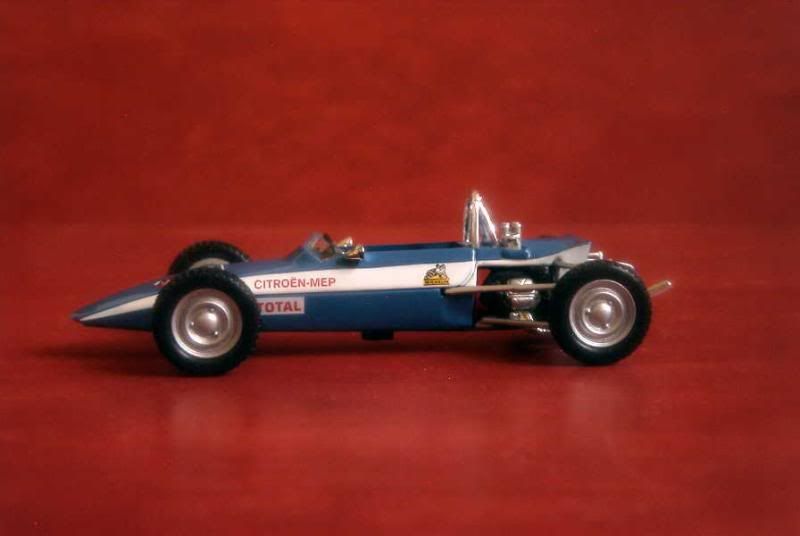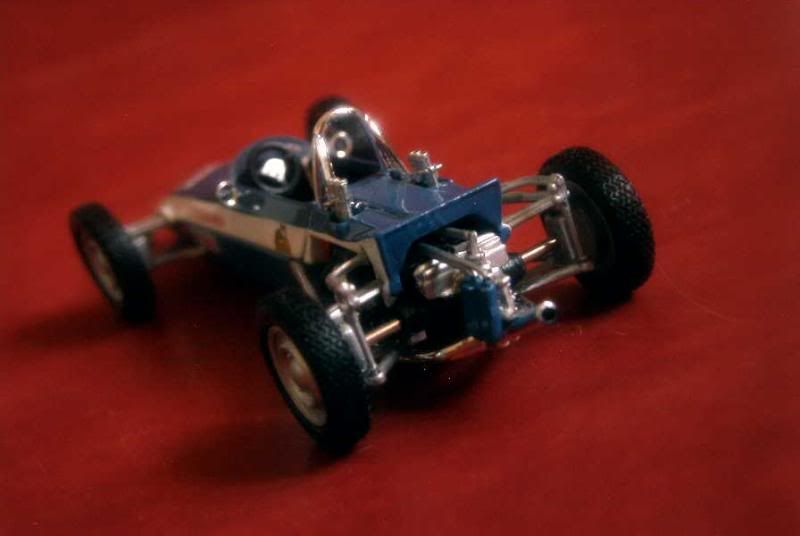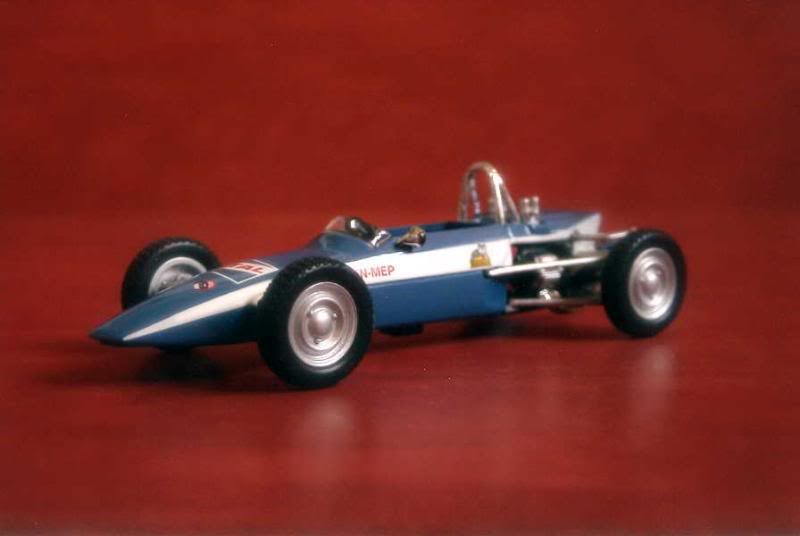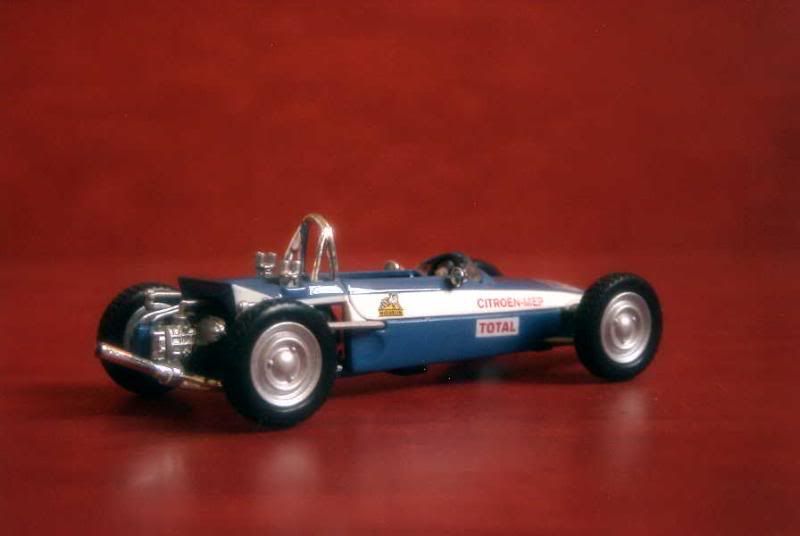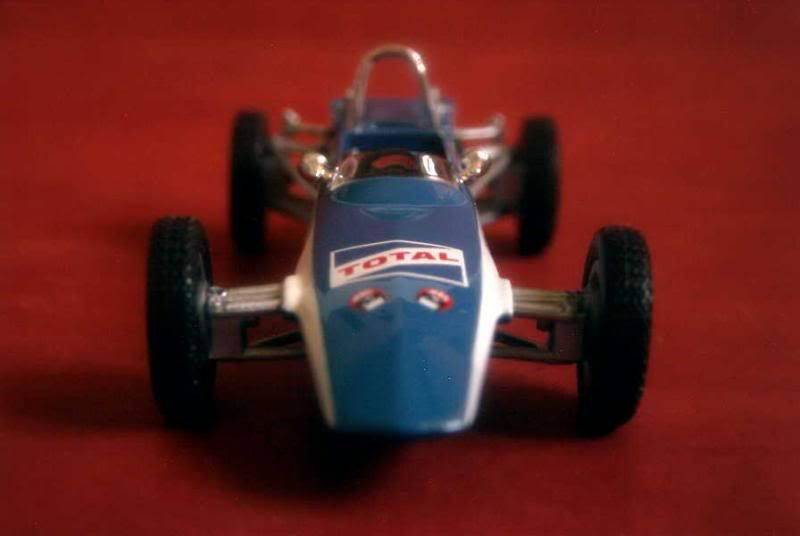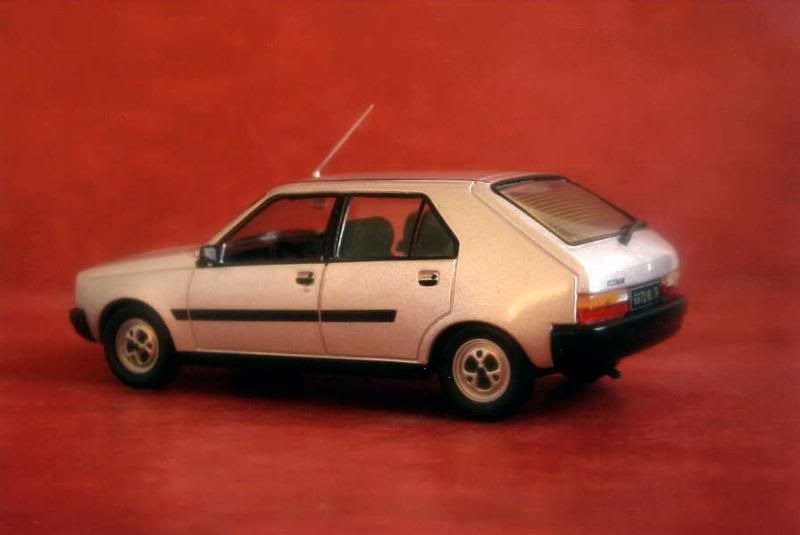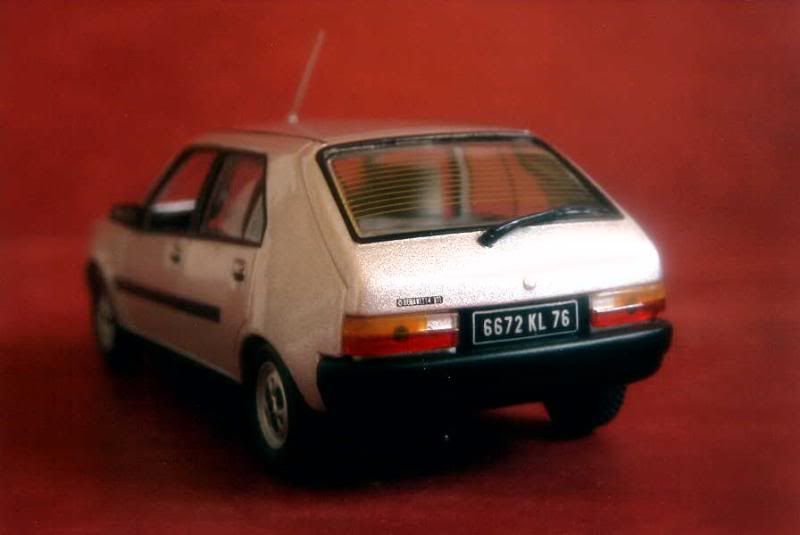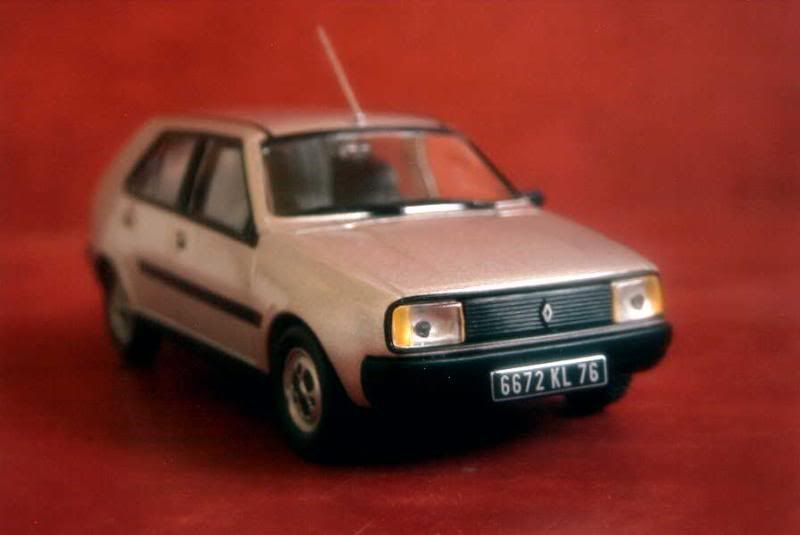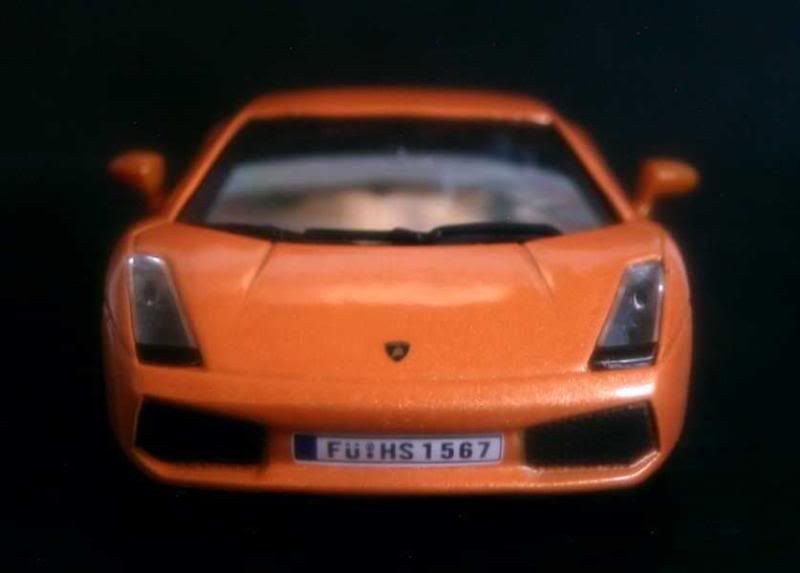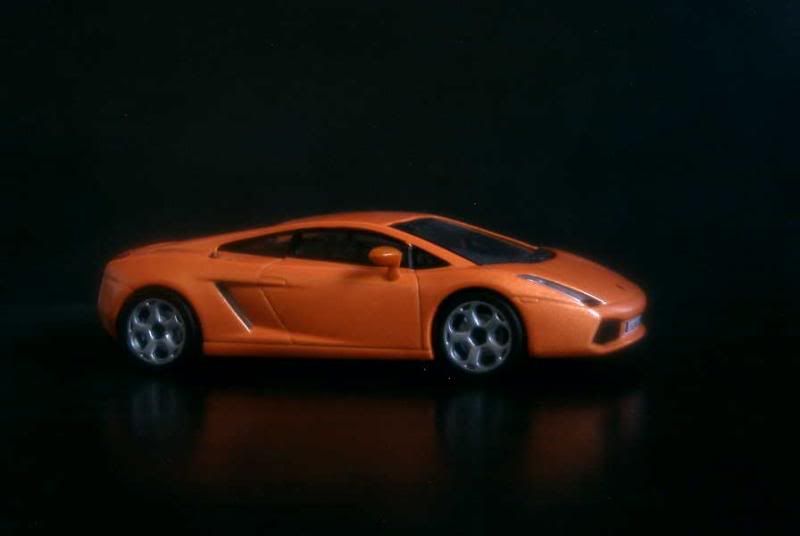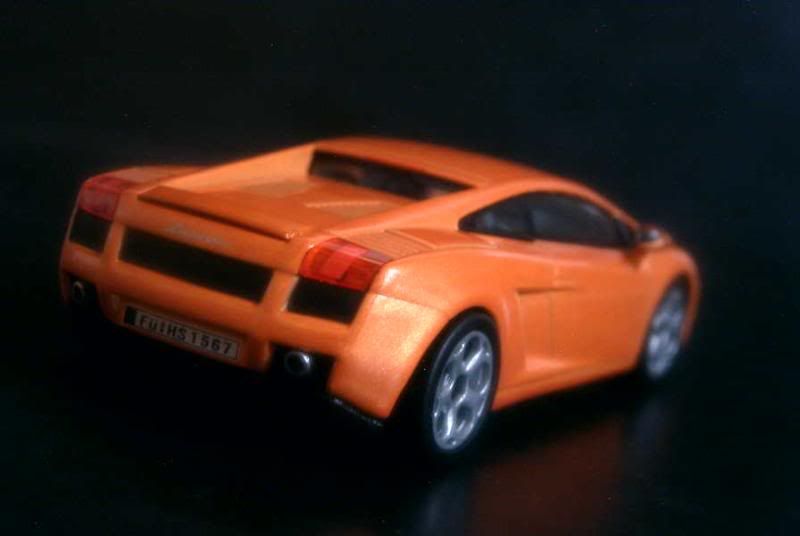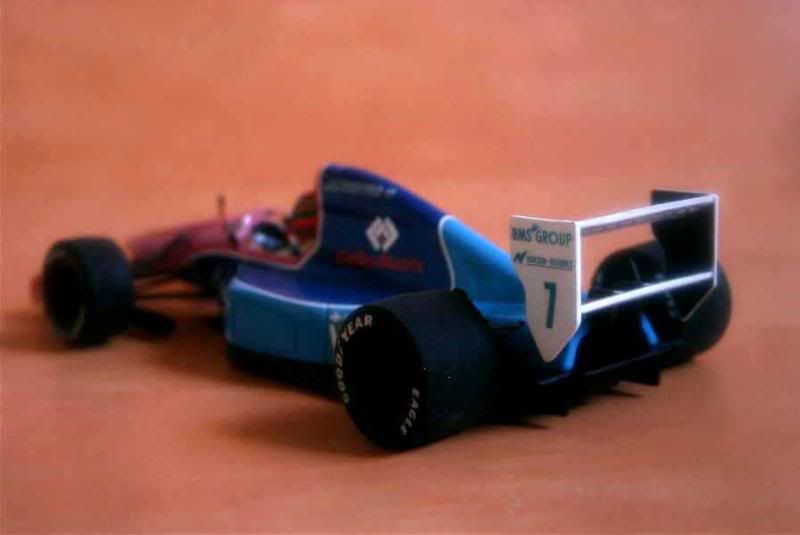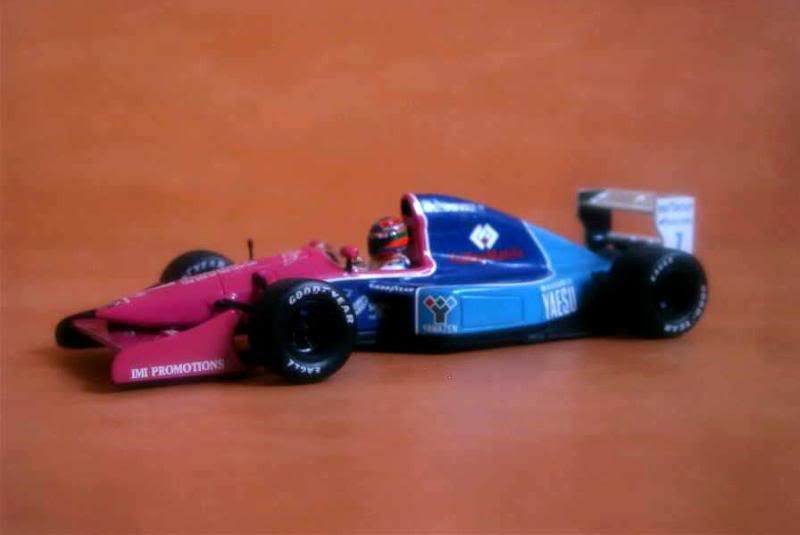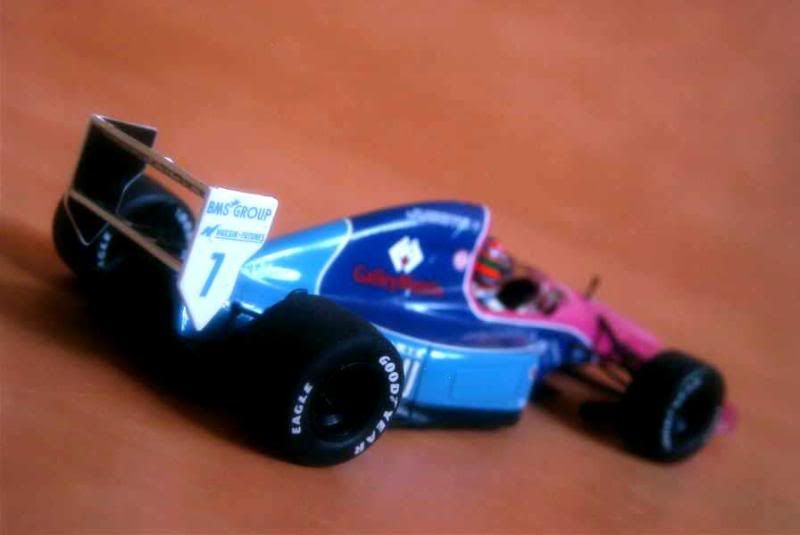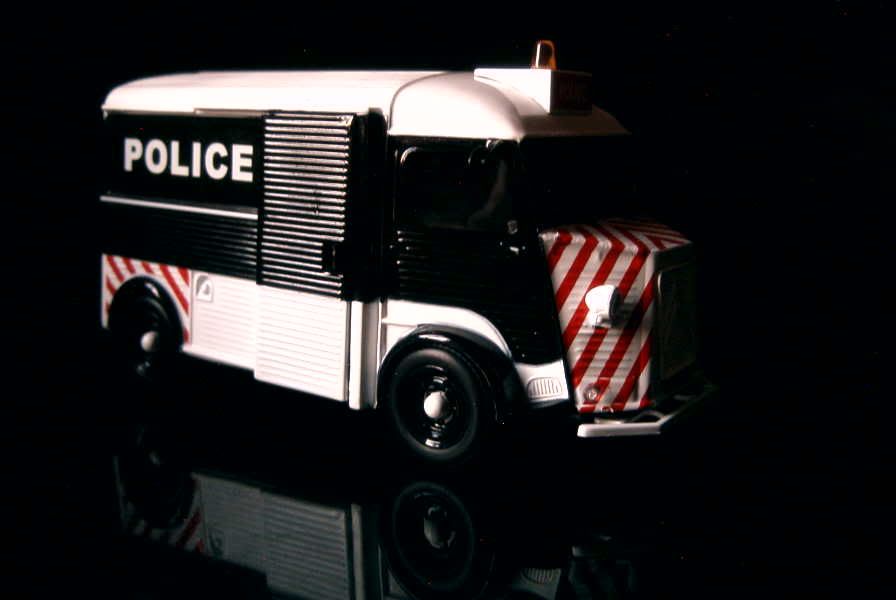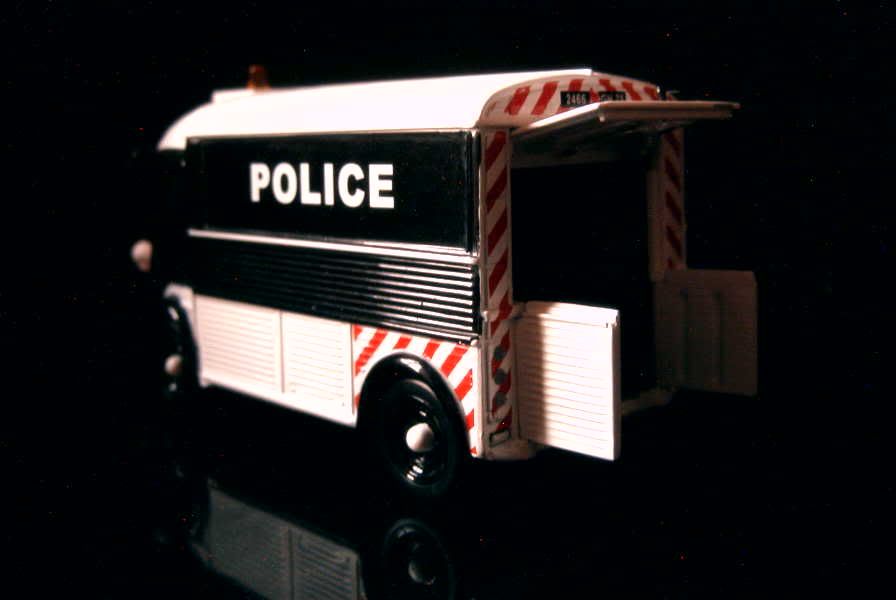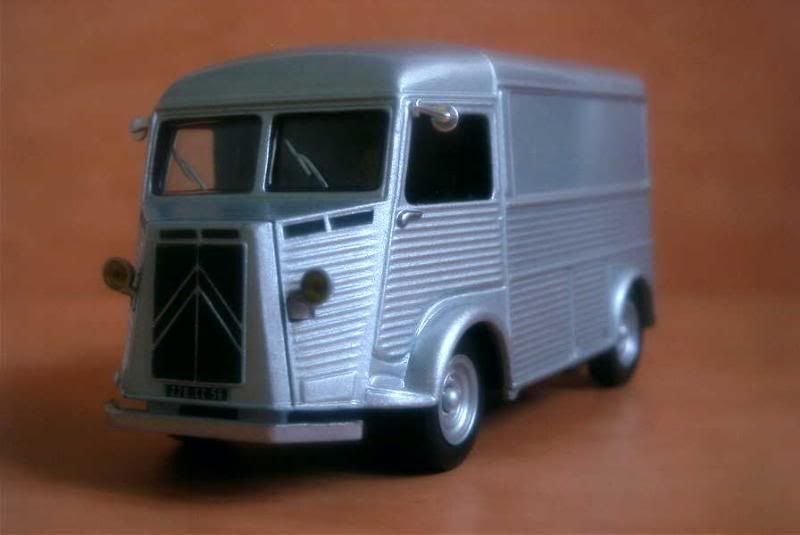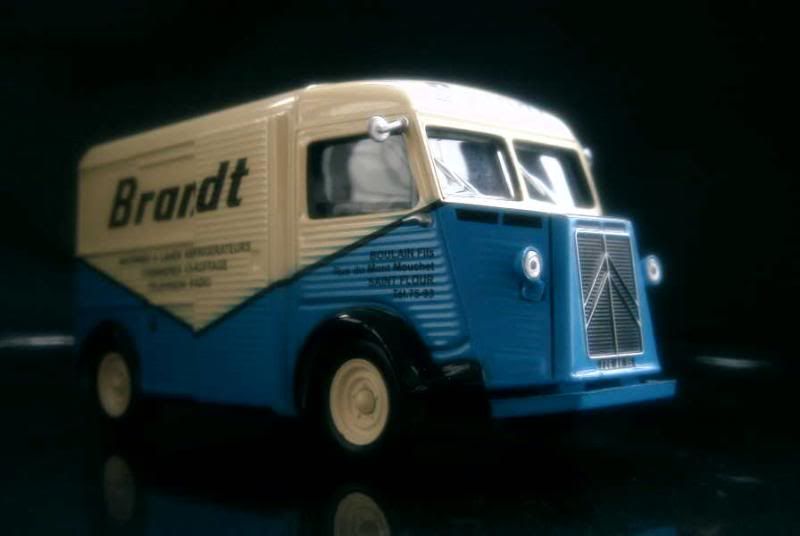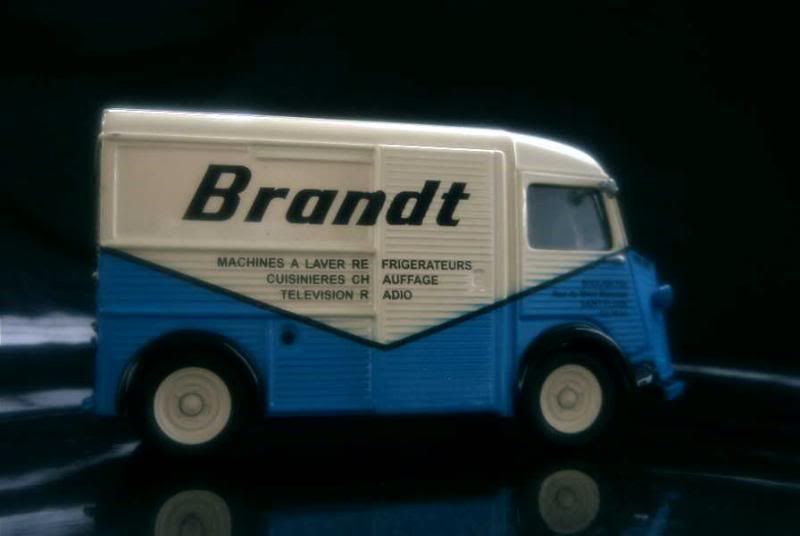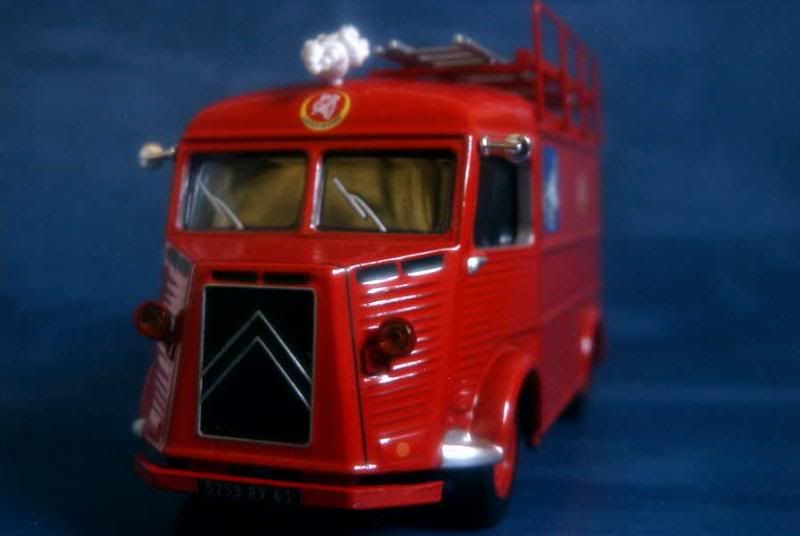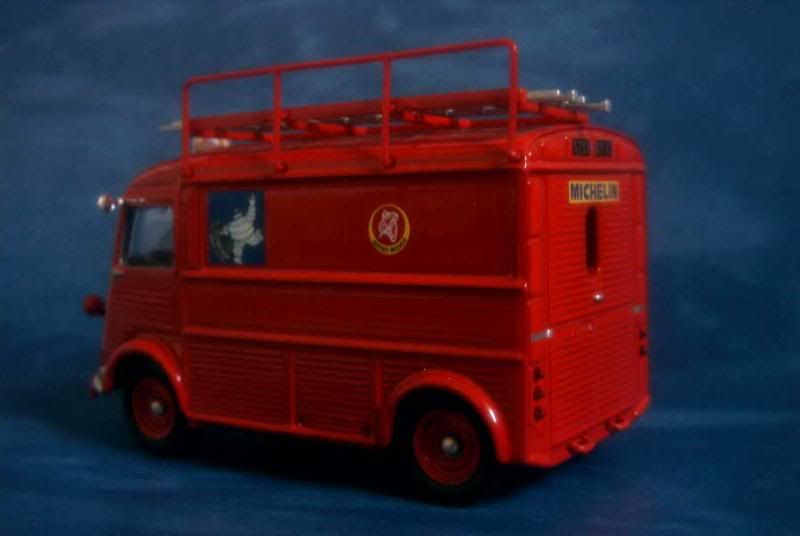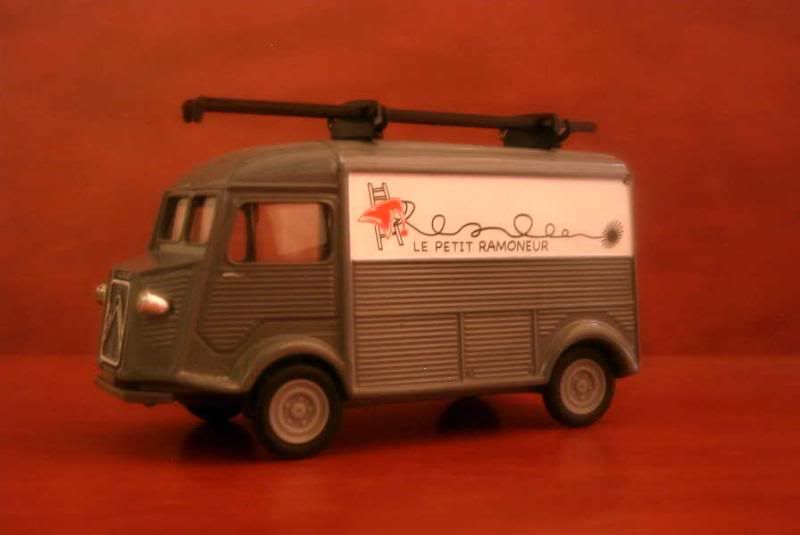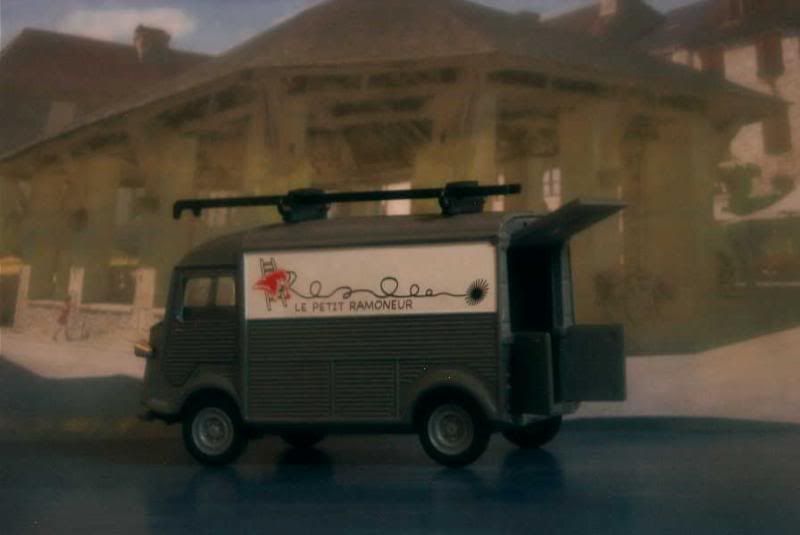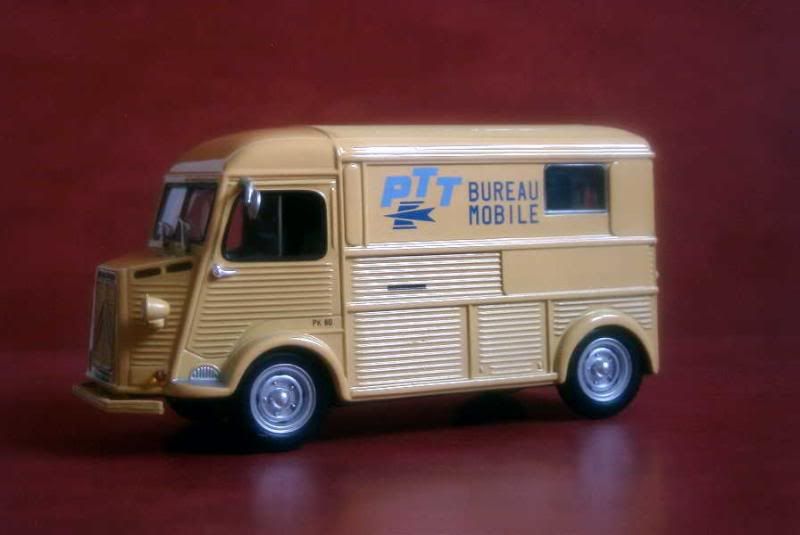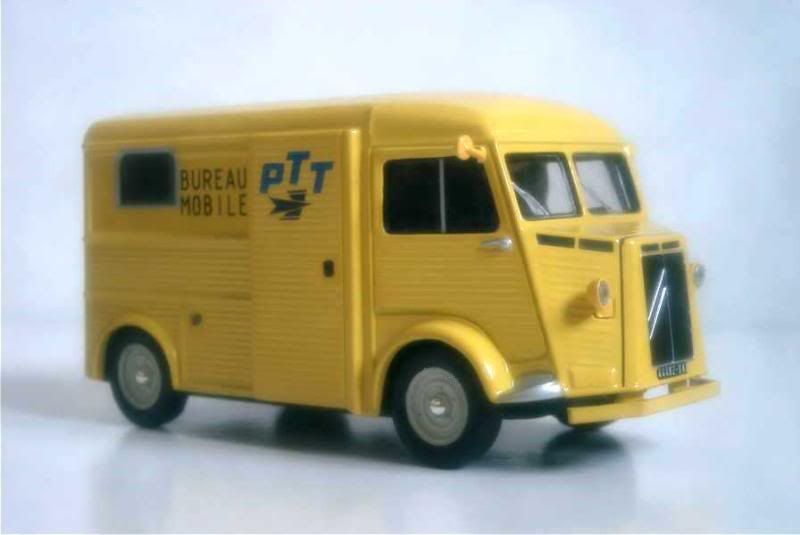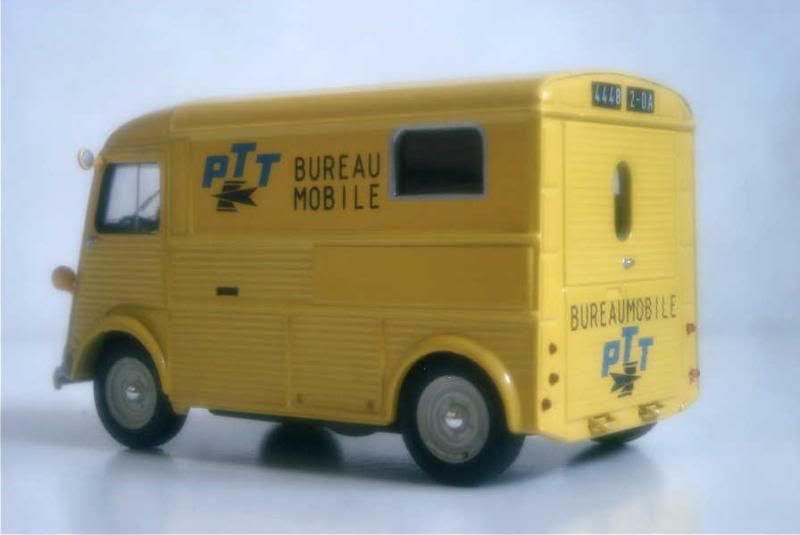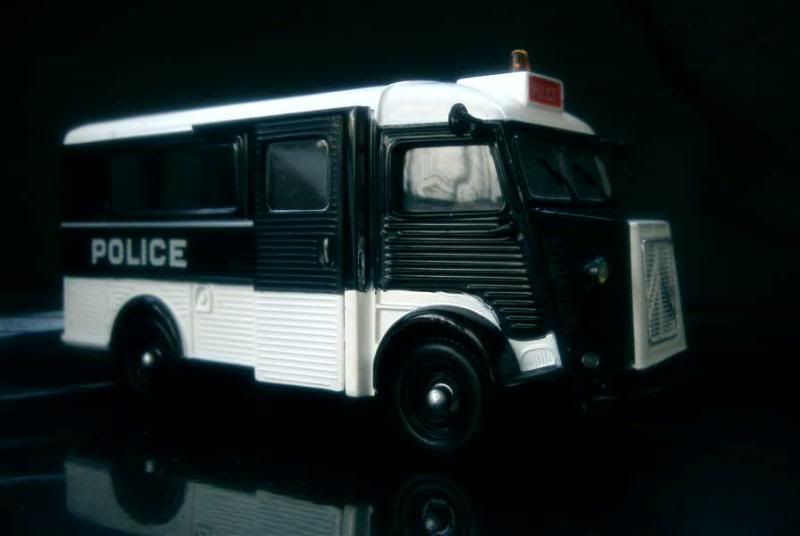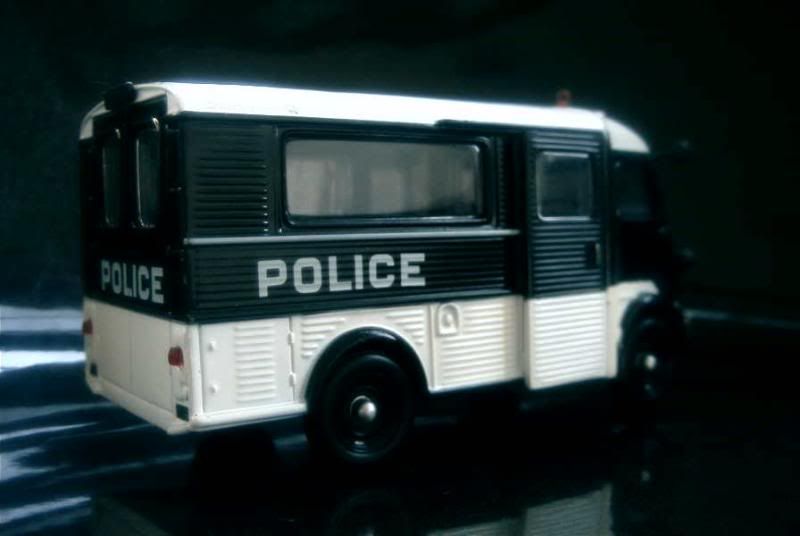Here is for JDMike, who enjoys rally cars and just confessed that he also liked hatchbacks.
A little historyWhen the Delta was retired in 1994, I was incredulous – why replacing a car that still seemed so fresh? Well, a quick glance to the rearview mirror told me the compact Lancia was then fifteen years old. I still believe that it showed no wrinkle by then.
That’s indeed in 1979, during the Frankfurt motor show, that Lancia unveiled its very first hatchback car, a smaller vehicle than anything the Italian company had constructed up to then. Engines were 1.3- to 1.6-litre fours that provided very decent performances for a car of its class. Transmission was to the front wheels. Last but not least, this Dorian Gray of a car found the secret of eternal youth in the form of a splendid body, an elegant Giugiaro design which was simultaneously elegant and racy. To all the aforementioned qualities it has to be added that the Delta was rather well built, something very few Italian cars of the time could boast of. Following the Beta and Gamma models, the new Lancia was logically called the Delta.
The excellence of the Delta was acknowledged by the motoring press in 1980, when the car was awarded the coveted European Car of the Year prize. A 1.9-litre diesel version was soon added, but more important for the car’s future was the introduction of a sporty HF Turbo in 1984. Combining a 130 hp engine and excellent handling, the HF was a joy to drive.
Lancia had then a long tradition of rally racing. By that time, its standard-bearer was the Abarth 037, a rear-wheel-drive coupe that was increasingly powerless when faced to the newer Group B prototypes, most notably the Peugeot 205 and the Audi Quattro. Lancia decided to regain supremacy with a purpose-built machine, the Delta S4. The S4 shared no more than its name and basic shape with the road-going Delta, though. It actually owed much to the 037, adding to the initial design a transmission to all four wheels, a carbon fibre body and a twin-charged (both turbo- and supercharged) 1.8-litre four conservatively rated at 550 hp. A wonderful machine, the S4 was also the synthesis of all the excesses of the Group B era. After Lancia’s pilot Henri Toivonen and his navigator were killed during the 1986 Tour de Corse, the FISA announced that Group Bs would be forbidden for the next season. Rally racing had never been this popular, and many, including myself, grumbled when they heard the news. In retrospect, it was probably a wise though brutal decision. It’s only years later that I learned that during a test the very same Toivonen had lapped the Estoril track with its S4 at a pace that would had given him the 6th place on the grid of that year’s Formula One Grand Prix. I think that says it all about how crazy these cars were.
The Group B’s departure let the production-based Group A cars as the major contenders in the world championship. Peugeot and Audi lost interest, but Lancia was determined to hold fast. The year before the promising HF Turbo had been superseded by an all-wheel-drive evolution, the HF 4WD. This is how the Delta, then in its eighth year, made its debut in rally racing. Thanks to several successive versions (Integrale 8v, 16v, Evoluzione…), the Delta would remain the car to beat in the world championship until its very last days.
This busy racing career would make one easily forget about the production Delta, which indeed didn’t change much along the years. The introduction in 1993 of a second-generation Delta – a tamer car that wasn’t intended for racing – announced its imminent retirement, which took place during the following year.
About the modelsOnly rally racing Deltas here – I still need a road version.
Model: Lancia Delta S4Year: 1985
Event: 1985 RAC Rally, driven by Henri Toivonen, navigator Neil Wilson (finished 1st overall)
Maker: Ixo
Scale: 1/43
Distributed by: Altaya as no.30 of its
Voitures de Rallye de Collection press series
Acquired: brand new, in September 2005, in Souillac, France
A pleasant model but, being highly visible, the engine would have looked much better if a tad more detailed. My rating is 12/20.
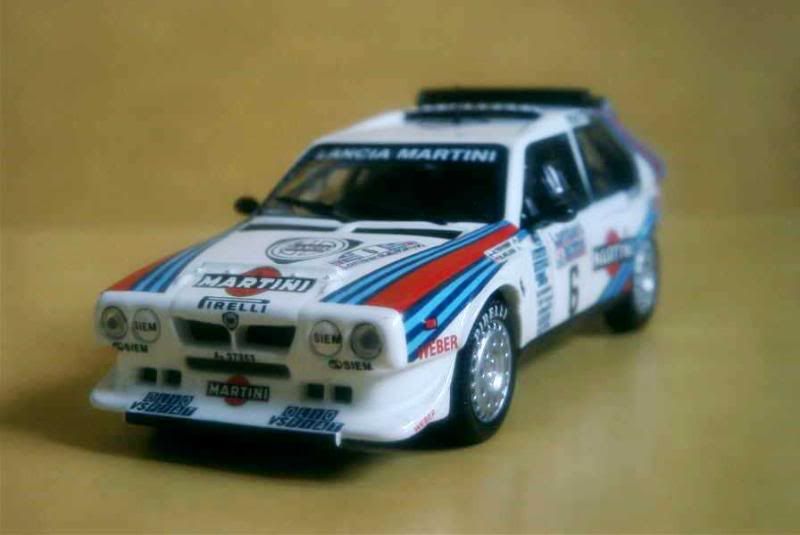

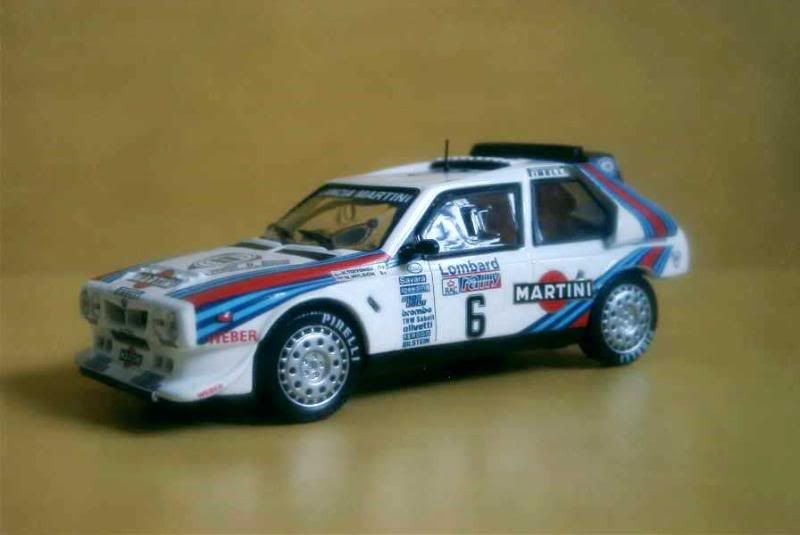
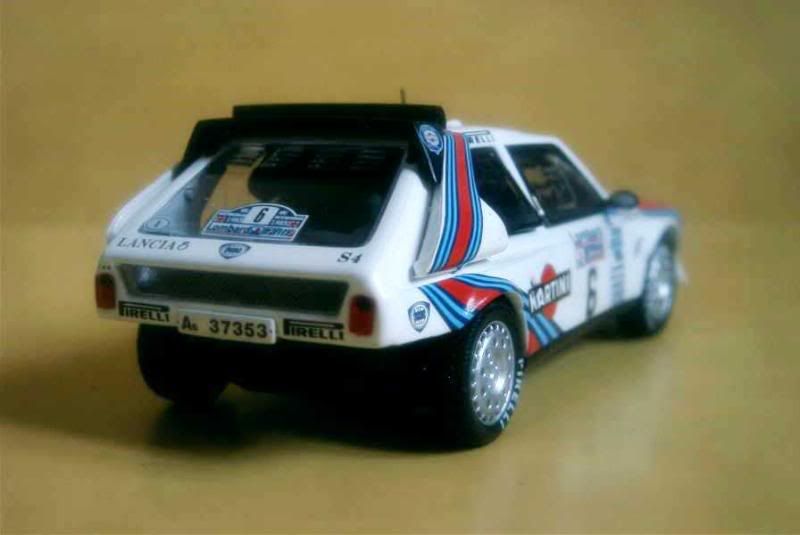 Model: Lancia Delta HF 4WDYear:
Model: Lancia Delta HF 4WDYear: 1987
Event: 1987 Rally della Lana, driven by Dario Cerrato, navigator Giuseppe Cerri (finished 1st overall)
Maker: Ixo
Scale: 1/43
Distributed by: Altaya as no.61 of its
Voitures de Rallye de Collection press series
Acquired: brand new, in June 2006, in Souillac, France
Unlike most Altaya-distributed Ixos this Delta benefitted from twin-colour rear lights. Decoration is very nice - okay, I admit I used to love the Jolly Club's "Totip" cars when I was a kid. My rating is 14/20.
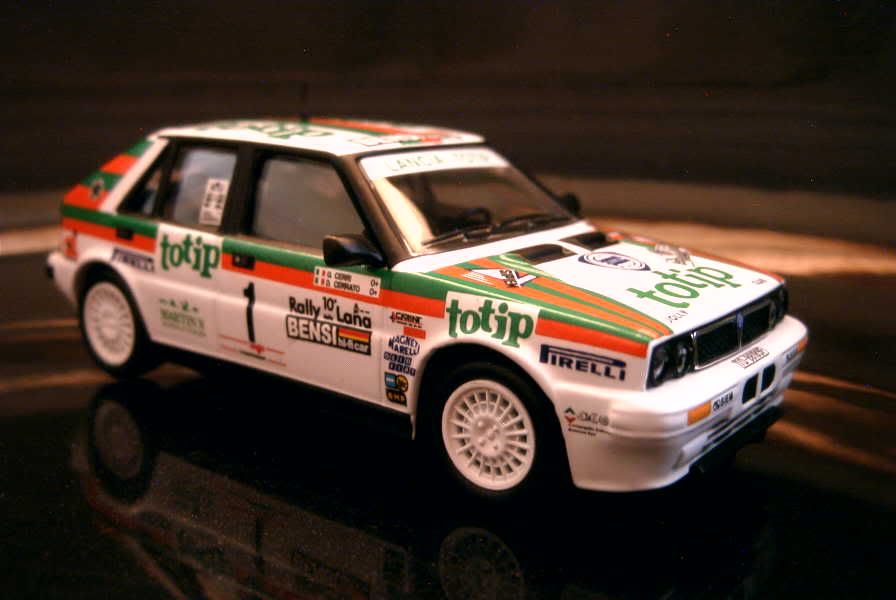
 Model: Lancia Delta HF IntegraleYear:
Model: Lancia Delta HF IntegraleYear: 1992
Event: 1992 Rallye de Portugal, driven by Juha Kankkunen, navigator Juha Piironen (finished 1st overall)
Maker: Ixo
Scale: 1/43
Distributed by: Altaya as no.13 of its
Voitures de Rallye de Collection press series
Acquired: brand new, in September 2005, in Souillac, France
Unfortunately this Delta hasn't been as lucky as the previous one and has to content itself with plain red lights at the rear. Beyond this, I can't help finding this model too much simplified: 11/20.
